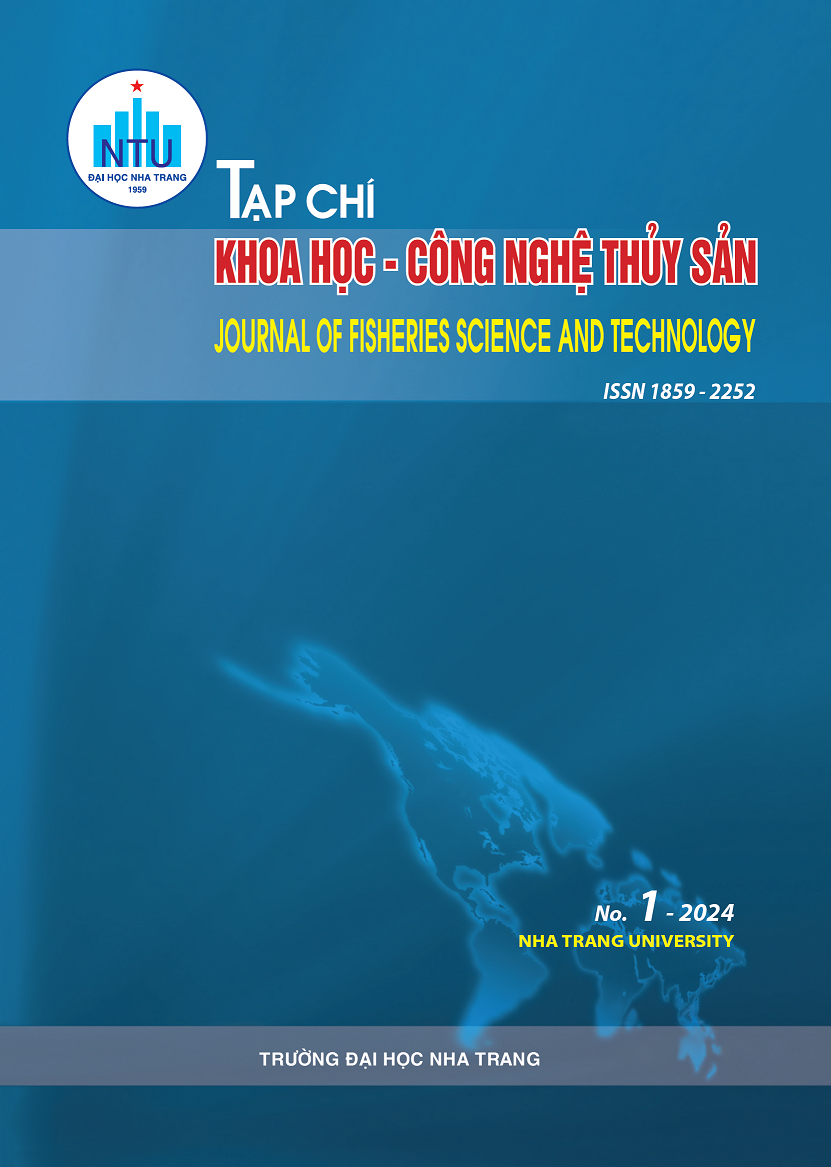##plugins.themes.huaf_theme.article.main##
Tóm tắt
Applied to rigid rotors, the influence coefficient method is the most adaptable method for rotor dynamic balancing because it uses only experimental information. The sole requirement for balancing rotors with this method is that there exists proportionality between mass unbalance located at correction planes and vibration measured at measuring planes. Hence, the rotors only need to be described by correction and measuring planes. The sensitivity of the measuring planes compared to the correction planes determines the response of the amount of unbalance for a specified rotation speed. The paper aims to describe in detail the experiment for dynamic balancing of rotors to verify the influence coefficient method. The direct calibration on two-plane rigid rotor using this method showed that a significant reduction of unbalances can be obtained. The results can be helpful for the design and safety assessment of dynamic systems equipped with rotors for marine engineering.
Keywords: Rotor dynamic balancing, influence coefficient method, residual unbalances, Discrete Fourier Transform

